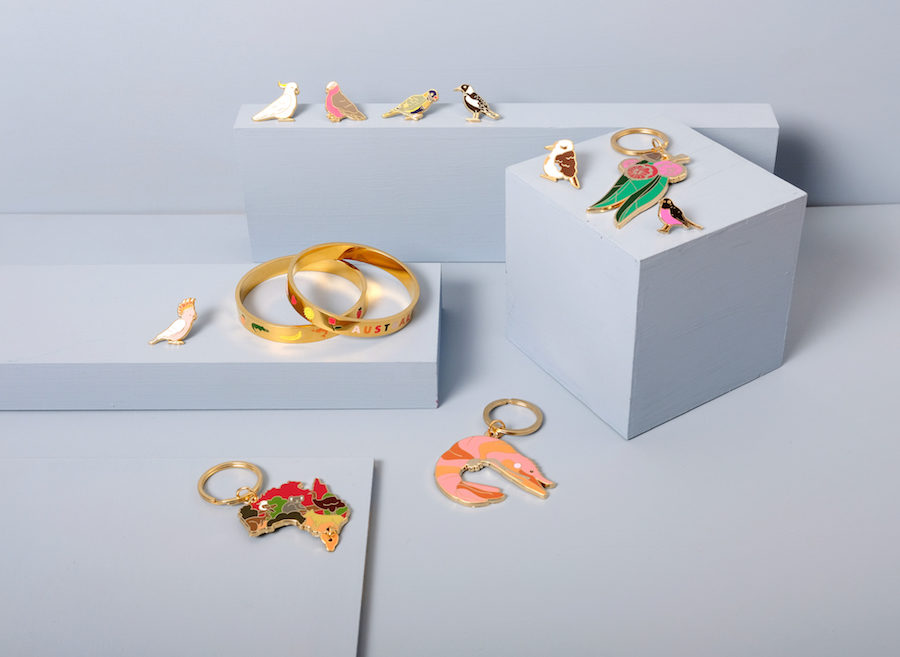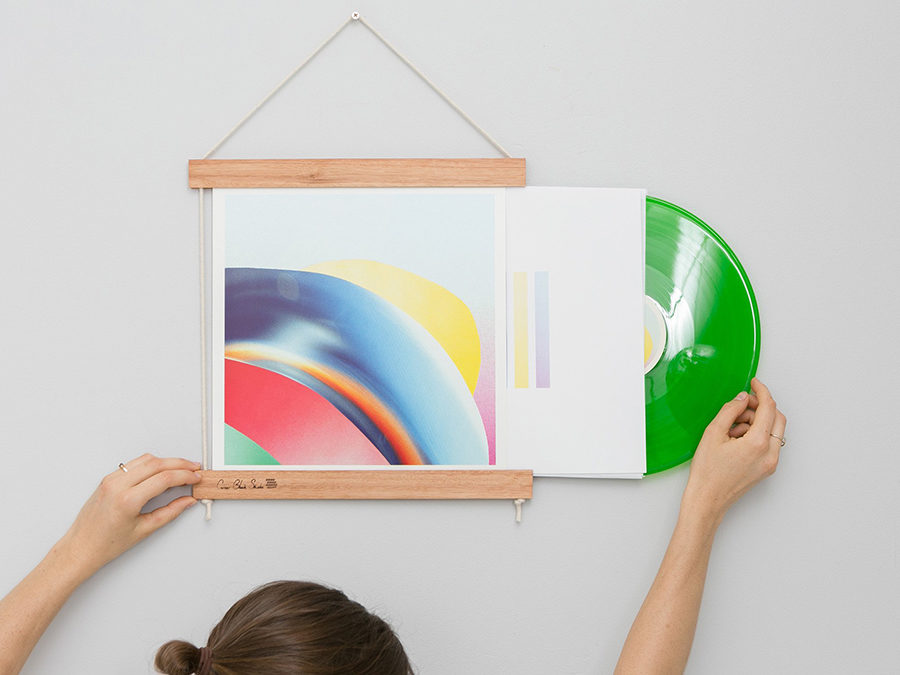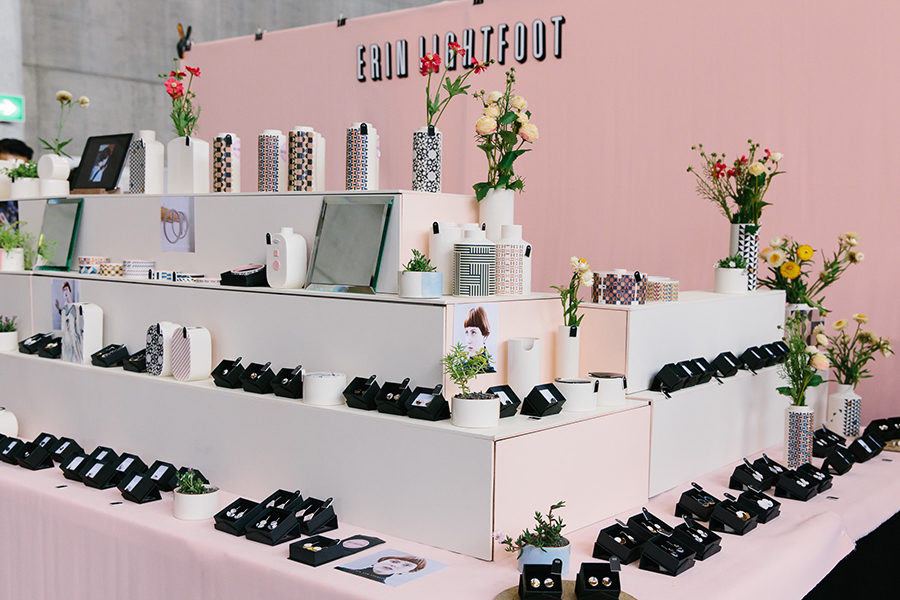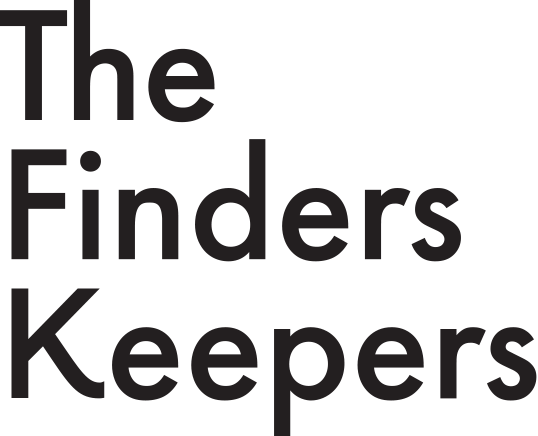**This post is a revised version of our original post from 2011. You can see the original post here.
The Finders Keepers market application season is NOW OPEN, and with advice in high demand we thought it would be timely to give one of our most popular articles to date, Top 10 Tips: Applying for the Markets, another go in the limelight! This is a great starting point for first time applicants to our events – and with The Finders Keepers market now in it’s 14th year (whoo!) you know the advice comes from experience and the reading of many, many applications!
So what are you waiting for? Jump into 2022 and join our supportive community!
1 – Take clear, well composed and in focus photos
Our first tip is to invest and spend time on good photos of your products. You can write an essay on what your product is, but this will mean nothing if you can’t show it off in your pictures. The pictures included in your application can make or break the end result. Never underestimate the importance of this, as a better photo might just get you over the line with a competitor or someone who has a similar product to yours.

Mckean Studio accessories
Top practical tips:
- The photos you use in your application form will be used to represent your label. We use the images in your application for marketing materials that go out to thousands of people. Consider how important it is to get those images right.
- If you don’t have access to a good camera, try and work with a photographer or at least a friend with some relevant photography experience and a good camera. Alternativley, head to Youtube and Pinterest for product photography tutorials and inspiration.
- Find the right light. Natural light & soft diffused lighting is the best type of lighting to use. You need to seek flattering light to accurately represent the product’s shape, form and texture. Too much light can flood a product and be too strong; this then loses the natural colours, shapes and textures.
- Dim lighting and flash photography can ruin your products and is off putting in applications. Take some time to get it right and show your products in their best possible way.
- Consider the delivery and size of the images you submit. Images that are sent in blurry, upside down, too small or too big are equally off putting and can show you have not put any thought into your application. There are some good free resources for resizing images.
- Styling & presentation, sometimes products don’t need much styling to demonstrate what they are. Done simply styling can really boost your product and help with its function or perspective. Style to compliment the product and choose props and environments that are relevant. Be careful not to over complicate styling and detract from the product you’re trying to focus on.

Ceramic artist Clay Canoe
A plain white background and a sharp, in focus shot is all that is needed to make these ceramic from Clay Canoe really pop.
A good photo speaks volumes! Not only does it help boost your market applications, it can also start to attract customers before our events, it helps increase your chance of selling online and to retailers. It is an important investment into your work as a whole.
Extra resources:
Design*Sponge: Tips for great product photography
Etsy: Etsy’s Guide To Photography
Goop tips from photographers, plus iphone use!
2 – Presentation & Demonstration
Whilst your images might clearly demonstrate what your product is, it may not clearly explain what your product does. Never assume that the person reading your application, or anyone for that matter, understands the function of your product/s. If your product is innovative and new, consider also adding some pictures that demonstrate how your product works or why it is unique. Always include various views of the product so it is understood.
Demonstration: Imagine you are showing photographs of your product to someone who has never seen or heard of you before. Will they immediately understand what it is you are showing them, or does the image require an explanation? Things that seem obvious to you as a designer might not be understood by a customer (or in this case the person reading your application!)

Doggies harness in action by Nice Digs
If you are selling clothes, we love to see them on a model! These photographs from Wolf & Mishka clearly showcase the look and fit of their product.
Presentation: Styling can be important! Consider these questions when deciding on how to style your product;
- How is your product worn?
- What type of person will wear it or use it?
- What aesthetics work well with it?
The answers to the above will shape who your customer is and why your product is unique. If your product is part of a larger collection consider having a photo that includes a styled or collective picture of the full range together. If it is a ceramic range for example that is sold separately but is cohesive and presented well in a group, make sure to think about this when preparing your images.
If your product isn’t themed, or doesn’t need demonstration or explanation, just consider the best possible way to photograph your product. Sometimes a simple white background is all that is needed to really let your product pop.

Corner Block STudio RECORD JACKET FRAME

In situ photographs combined with detailed shots, like this examples from More Than Ever, helps showcase product functionality as well as detail.
3 – Branding is important!
Your product might already have excellent photography, styling and presentation. However don’t forget, a great product is finished off with great branding. Consider these questions to help develop your branding;
- How will customers remember your name?
- What finishes off your product?
- What packaging will work well with your product?
- How can you leave a lasting impression?
If you are not an expert in brand development and execution, don’t pretend to be. We highly recommend enlisting the help of someone who specialises in creating tailor made branding for your business. Giving your branding, website or packaging no love or thought, doesn’t help or compliment the hard work you have done with the making and creating of your product. It also will set you above your competitors, people notice great branding and sometimes it even catches their eye before the product does. Branding needs to be consistent, simple and well thought out.
Top tip: If you need to explain your branding, then it is too complicated and has lost its purpose!
Extra resources:
Design*Sponge: Branding with Meg Mateo Ilasco
The Designfiles Marketing strategy with Bonnie and Neil

Crisp, bright and strong branding by Happy Society! debuted at Finders Keepers Melbourne SS18

Anti-pastel, bright and appealing stall, check out their simple, yet effective branding! Finders Keepers Sydney SS18 – image by Samee Lapham

Anti-pastel, Finders Keepers Sydney SS18 – image by Samee Lapham
4 – Design Process
In order for us to understand the scope of your product, it is important to explain your design process. Whether you use pictures, words, or even video, you need to simply answer: what are the key factors that are included in your design process? Never assume that anyone knows how your product is made or from what materials, often most things are actually harder than they appear to the customer! Using craft or design jargon puts you at risk of losing the interest from the reader or potential customer. Keep things clear, short and simple.
If your product is handmade, often there are some labour intensive processes to your work. If your product is expensive because there is special materials or a time consuming system of making them, make sure this is explained. Often customers can be confused by high prices on products they don’t realise are handmade. Explaining the process and the level of work and craftsmanship behind your product will impress customers and also justify the higher price point. It gives the work a life, and shows that you are passionate about what you do and create.
From an application perspective, if your product is new or innovative we want to know what the design process is behind the products. This can really help get your application over the line if we can see there is something different or unique to offer.
Great example: A behind the scenes look at the studio of Bespoke Letterpress from Bespoke Letterpress on Vimeo.

Fashion and Accessories business, Frank and Dolly’s Design Process
5 – Display & Presentation Proposals
Often designers overlook the display and presentation proposals as most of the focus is placed on the actual product for sale. While your product is a crucial element of your application, how you intend to set up your stall and display your product is very important. The Finders Keepers market prides itself on the standard of stall displays, having an impressive and well-executed display will also increase your chances of being seen by a customer. Some initial questions to ask when considering your stall display;
- Why would we choose your work over a competitor or brand in a similar category?
- How can we know your product would look its very best at a market?
Not only do we want the markets themselves to look good for our customers, we most importantly want your product to have its very best chance of selling well at the markets! There is no point spending so much time perfecting your product when it’s just sold on a flat dull tablecloth. We need to see that you will deliver on the day and that your presentation is well thought out and prepared. We recommend to try and include photos of previous stall set ups, mock ups or presentation methods you currently use or intend to use.
Display factors you always need to consider:
- Making your products easy to access
- Using tiered displays or framing, so your product can be seen at varying eye levels and by numerous people (helps on a busy day!)
- Using something that serves your product the best – there is no point using elaborate or complicated display systems if your product gets lost.

Shuh’s stall at Melbourne SS18 Finders Keepers – image credit Samee Lapham

Erin Lightfoot stall at Melbourne SS17 Finders Keepers – image credit Samee Lapham
6 – Bio & Information About Your Product
Your bio and information about your product has to be clear and concise, explaining all of the ‘who, why, where, when and how’s’ of your work without being too long. Likewise if the information you have supplied is too short, this could mean we haven’t got enough info to support your work, and may also demonstrate a lack of care/ enthusiasm. Information on your product should always be written as if the reader doesn’t know anything about you or the product. Never assume we know what you do or who you are, this is a common mistake.
We shouldn’t have to go to your website or google you to read more info on you or your work, it should all be available in your application in short simple paragraphs. We recommend that you have this information saved in a document and that you edit and refine it as you develop as a designer. Market applications won’t be the only occasion you will need to provide such information and so it is helpful to have it on file and ready to go.
If writing applications is not your strength, ask a friend to help read it over with you and make sure it makes sense and serves a purpose. Reading out loud can also help you with your editing. Over the top or fluffy bios and written applications are excessive and unnecessary. Always spell check and make sure any links you include are correct!
Your bio is important, it shows us who you are, why you are doing what you are doing and gives a life behind the product. We want to meet the maker! Your bio will also be an important part of everything in your design journey it should be included in all your applications, your website and for any press opportunities. Keep it straightforward and have a few versions on hand ready to go, a longer more descriptive bio with a few paragraphs and a smaller one that is just one paragraph, which can also vary depending on the question or requirement. Never make a bio or information about your product longer than a full page, it’s too much information and you will easily lose the reader.
7 – Professionalism
To help you put your best foot forward make sure you cross check your application before sending. Always check spelling, grammar, make sure you are not writing like you are sending a casual text message to someone! (yes we have seen it happen!) This gives us an immediate bad impression.
Don’t leave your application until the last minute! Keep in mind the opening and closing dates of applications, put them in your diary and make a timeline for them. When will you be ready to submit your best application? What can you do to prepare or refine your application more?
Always read the fine print making sure you are submitting the right documentation and meeting the criteria set. Always read the FAQ and terms and conditions before firing off any unnecessary questions as well. Whilst you want to be your friendly self, email etiquette is important; it shows you are respectful and serious about what you do.
We take these issues seriously, and breach of them can automatically be a decline on your application:
- Do not contain material of any type which is abusive, defamatory, hateful, discriminatory, racist, sexist, offensive, misleading or deceptive or is otherwise unlawful in any manner.
- We are committed to encouraging creative endeavour, original products and safeguarding Intellectual Property Rights. If we feel your products, branding or presentation are in any breach of copyright, it will be an automatic decline on your application.

debut stall at Melbourne SS18 Finders Keepers – image credit Samee Lapham
8 – Supporting Evidence:
Consider other ways of telling the story about your work or yourself. Supporting evidence is another way of helping your application cross the line, things to consider are: any press including interviews, blog posts, online features or awards.
Make sure they are relevant to your product and keep it simple; we don’t need to see every bit of press you have had but some pieces can definitely help. Why? They show you are already engaged in the community and where your customers lie.
9 – Think Outside the Box :
Whilst preparing your bio and information is important, ultimately your creativity will set you over the edge. What are some creative ways that you can apply outside of photos and pdf catalogues? What other things do you think will make a difference to your application and set yours above the rest?
Don’t over complicate things; just use simple yet effective creative.

Afternoons With Albert product presentation at Melbourne SS18 Finders Keepers – image credit Samee Lapham

Public Holiday stall at Sydney SS18 Finders Keepers – image credit Samee Lapham
10 – Be you!
Whilst all the above steps are important, don’t get too carried away with taking things too seriously at the risk of appearing rigid and not letting your true colours show! Be creative, let your true character shine through and even be humorous if you want to (we love that!) and make sure that it will compliment your work or the story behind what you do.
GOOD LUCK!
All Applications are NOW OPEN – APPLY NOW!



This is useful not just for applying to the Finderkeepers markets but for promoting/branding your business as well. Thanks so much for this!
The information presented here was extremely useful so as my application is completed as you require it to be for Poppy and Pom at this years 2016 Finders Keepers event in Sydney.